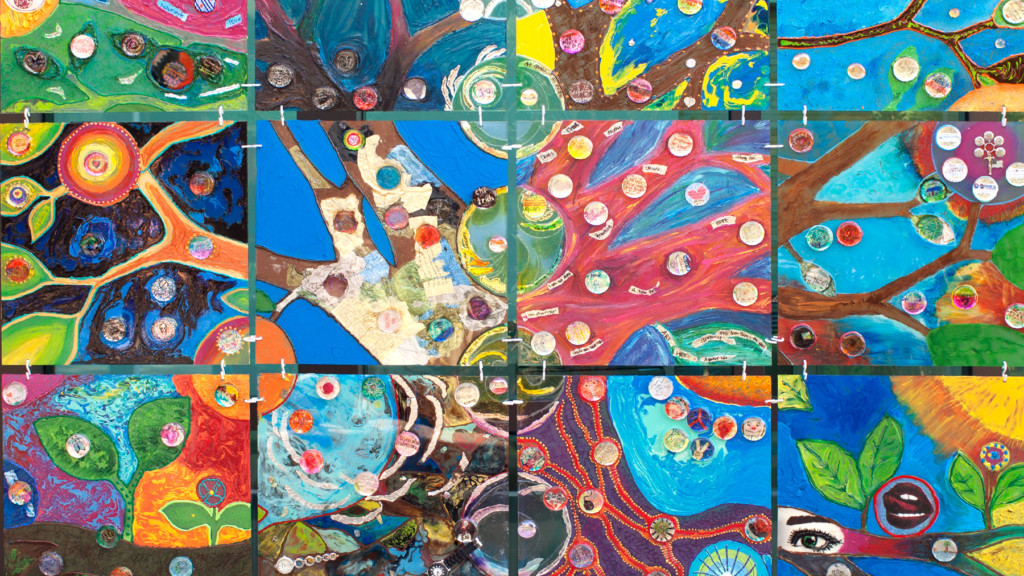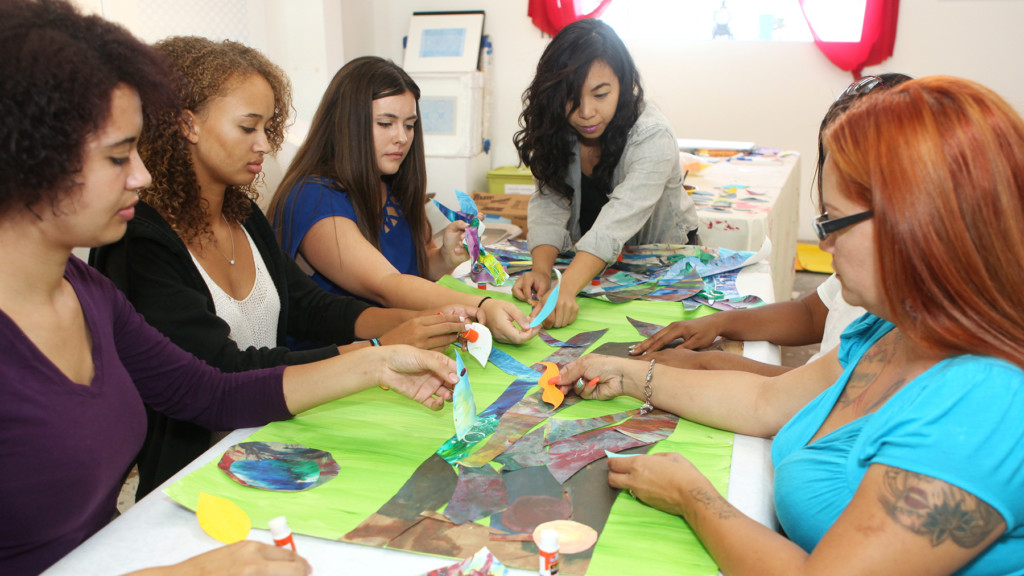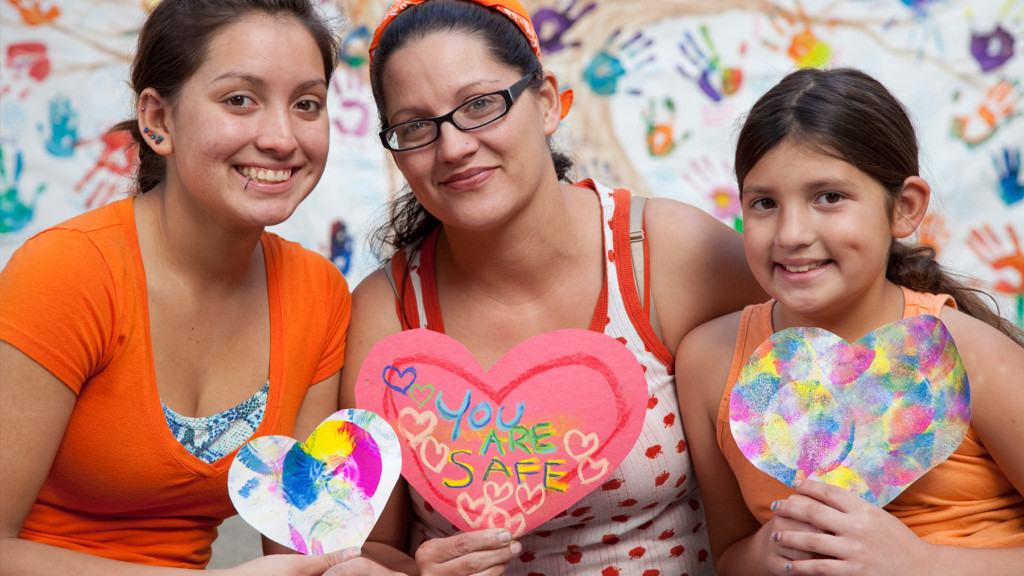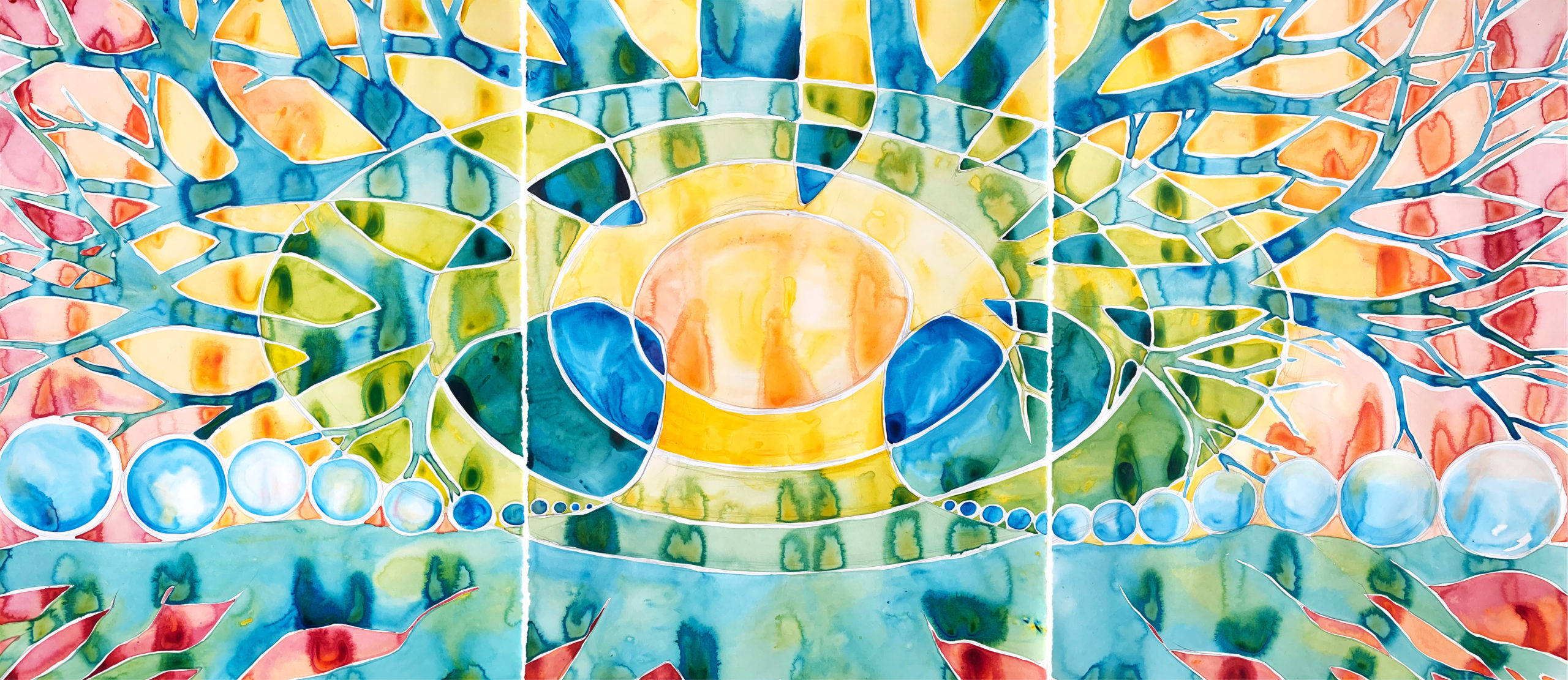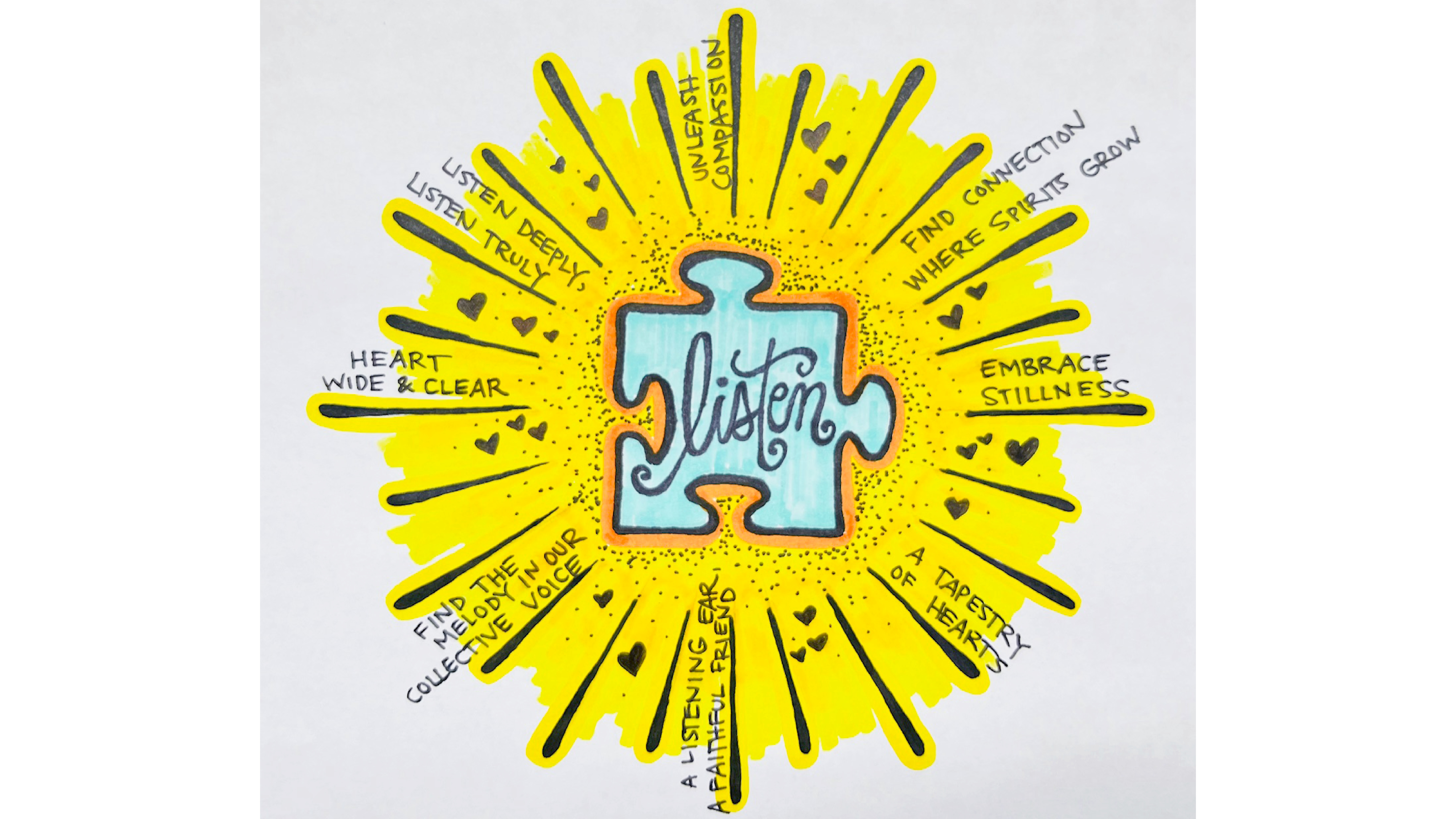by Fran Sutton-Williams
Windows Facilitator
I was born in 1950, a lonely, abused only child. In those days there were no social services for children. If a child was being abused, it was the business of the family and no one else. If family, friends, neighbors or teachers realized something was wrong they stepped back and left the situation alone. My only recourse was to endure what was happening. There was no one to tell, no one would help.
As a result, I learned to survive by hiding, by being as invisible and silent as I could. My abuser required this and when I went out into the world, I discovered this strategy worked well to reduce the amount of bullying and racial discrimination I had to face. I went decades keeping the secret of my abuse and living with the trauma responses that evolved from it.
One of those responses was avoiding relationships. I didn’t feel normal, and I didn’t want anyone to know I wasn’t. I also had trust issues that kept me from forming normal attachments to others. Not only didn’t I trust them, I didn’t trust myself not to do or say something weird that would reveal my lacks.
I finally began to get help when I was required to see a psychotherapist as part of an integration program I was enrolled in in college. The irony was the administrators of the program believed the Black girls would have trouble adjusting to the white school. It didn’t dawn on them that we’d spent our whole lives adjusting to a white world. It was the white girls who had emotional problems with being exposed to Black girls for the first time.
This introduction to therapy began as the key factor in my survival. I’ve dealt with mental breakdowns, sexual abuse, divorce, and the deaths of loved ones in talk therapy. Each time I’ve fallen into the abyss of depression and the inability to care for myself, therapy has hauled me back into the world of the living.
One of the main reasons for this is that therapy at its core, is about a relationship. In the best of all scenarios, an individual and their therapist embark on a journey uncovering wounds and healing them. It’s in the therapeutic relationship that I discovered how unhealthy my past relationships had been and got the skills necessary to form healthy bonds with myself and others. I discovered that it’s in relationships that we learn who we are and how we walk in the world.
My healing didn’t truly begin until I began to trust myself to see any negativity in a relationship and get out of it. That trust made it possible for me to form healthy attachment bonds to others. I moved away from the denial practiced by the abused child. I was able to judge others as healthy or unhealthy based on their behavior. I no longer excused abuse, making the assumption that any attention paid to me, no matter how horrible, was normal and what I deserved. With my new self-esteem I began to judge relationships and experiences based on whether or not they were healthy and if they made me happy.
No longer hiding from others meant that I was able to share all aspects of myself and discover my value to the world. I learned about my strengths and talents, my leadership skills and abilities as a good teacher. All of this helped increase my self-esteem and I began to practice self-compassion and self-care on a deep level, which opened the opportunity for strong and beneficial relationships.
Relationships are the core of the support system necessary for each individual to move beyond surviving to thriving.
Your support system is a network of people who provide you with practical or emotional support — a network of personal and/or professional contacts who can be there for you when you need help managing everyday challenges, making difficult decisions, processing emotions, and navigating crises. No two people’s support systems will look the same. They may include any number of close relationships and different people can provide different kinds of support.
Along with having people available to reach out to, it has been shown through research that a support system can have a positive impact on your physical and mental health, especially for women and older adults. Having people you trust and can call on helps with social isolation and loneliness, both of which put you at a higher risk for high blood pressure, a weakened immune system, anxiety and depression.
It may feel overwhelming to start, or add to, your support system. The American Psychological Association has some tips for how to build these important relationships:
- Spend quality time with family and friends who are nearby, and use technology to stay connected with those who are far away. Call just to say hello, ask them how they’re doing, or offer to help them with something. If you’re there for them, they’re more likely to be there for you.
- Find people who share your interests. Joining a club, taking a class, or practicing a hobby you enjoy is a good way to meet people you have things in common with, making it easier to start up a conversation and develop a relationship. To find resources and programs in your area, try contacting your local library, place of worship, health clinic or community center.
- Working with a mental health professional can also help. They may work with you in therapy or recommend a good support group for people who are going through similar situations and circumstances.
Building relationships takes time and can bring up a lot of feelings, so it’s important to have a plan for how you will practice self-care as you are doing this work. It was for me. Your self-care plan can include what you will do to care for and help yourself, who you can call on for support, and how you will cope with any setbacks that may come up along the way.
Have compassion and be gentle with yourself; building a support system is hard work, but it’s well worth the effort. Alone, we empty the cup of who we are and are therefore unable to help ourselves or others. Relationships fill us up and we’re able to live in a healthy, happy way.
by Fran Sutton-Williams
Windows Facilitator
Explore how your unique strengths can help you forge deep, meaningful relationships and create a nurturing support system in Prompt 2 of our Windows of Connection workshop series.
Want to bring healing art programming to your workplace or community?
A Window Between Worlds (AWBW) supports hundreds of direct service organizations across the country to incorporate creative expression into their work with trauma survivors. With this blog we uplift the voices of our art workshop facilitators and participants. We invite you to take in this perspective, notice what resonates and explore how it may fit into your life.

